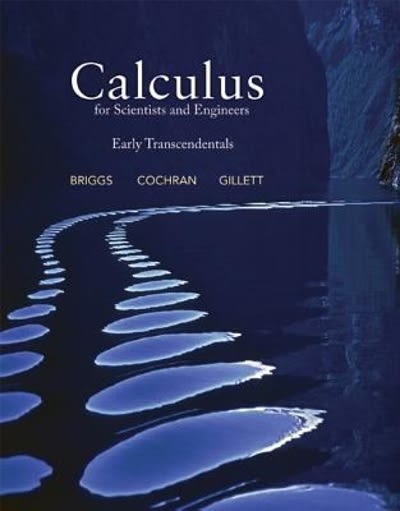Question
Each of 1200 randomly selected adults was asked whether he or she regularly consumed more than five alcoholic drinks of any kind per week. The
Each of 1200 randomly selected adults was asked whether he or she regularly consumed more than five alcoholic drinks of any kind per week. The number of people who answered yes was 432.Using Minitab, find the 95% confidence interval estimate for the true percentage of adults who say they routinely consume more than five alcoholic drinks per week.
(a)Calculate n*and n*(1-)
(b)Based on the results from (a), choose either the exact or the normal approximation method in Minitab. Copy Minitab results below.
(c)What is the Margin of Error?
(d) Give the confidence interval in the form: Point Estimate +/- Margin of Error
2. A recent Pew survey of 1220 adults found 219 who said they had urged friends and family members not to have children vaccinated due to the "link" between vaccines and autism.
(a)Calculate n*and n*(1-)
(b) Using Minitab, find the 90% confidence interval estimate for the true percentage of adults who make such a recommendation.
(c) What is the margin of error?
(d)) Give the confidence interval in the form: Point Estimate +/- Margin of Error
3. In one European country, 30% of all births were done by caesarian section due to medical necessity. However, in some cases, OBGYNs were performing them due to a request from the mother. In a review of 300 OBGYNs around the country 87 said they had, in the previous year, performed at least one caesarian section because the mother had requested it even though there was no medical indication for it. Use this to test whether requested caesarian sections were performed at a lower rate than the medically indicated rate.
a. Are we testing for <, >, or ?
b. What is the population parameter p0?
c. What is the value of the sample proportion p-hat?(You need to calculate this.)
d. Give the null and the alternate hypothesis:
H0:
Ha:
d. n=No. of events:x=p0=np0=n(1- p0 )=
e. Are both n p0 and n(1- p0) 10?
f. Use Minitab for the Hyp. Testing for proportions. Based on the answers for (e), use either the Exact or the Normal Approximation method. (Copy your results below)
g. What is the p-value?h. Is the p-value<0.05?
(i)Does the p-value support claim?(Note: We conclude that the proportion is significantly smaller if the p-value is <0.05).
(j)Conclusion
4. A survey of 90 women who had recently given birth found 27 who experienced at least one episode of inter-partum or post-partum infection. Use this information to test the hypothesis the true percentage of women who experience at least one episode of inter-partum or post-partum infection is significantly different from 25%. (=0.05)
a. Are we testing for <, >, or ?
b. What is the population parameter p0?
c. What is the value of the sample proportion p-hat?(You need to calculate this.)
d. Give the null and the alternate hypothesis:
H0:
Ha:
d. n=No. of events:x=p0=np0=n(1- p0 )=
e. Are both n p0 and n(1- p0) 10?
f. Use Minitab for the Hyp. Testing for proportions. Based on the answers for (e), use either the Exact or the Normal Approximation method. (Copy your results below)
g. What is the p-value?h. Is the p-value<0.05?
(i)Does the p-value support claim?(Note: We conclude that the proportion is significantly smaller if the p-value is <0.05).
(j)Conclusion
Step by Step Solution
There are 3 Steps involved in it
Step: 1

Get Instant Access to Expert-Tailored Solutions
See step-by-step solutions with expert insights and AI powered tools for academic success
Step: 2

Step: 3

Ace Your Homework with AI
Get the answers you need in no time with our AI-driven, step-by-step assistance
Get Started


